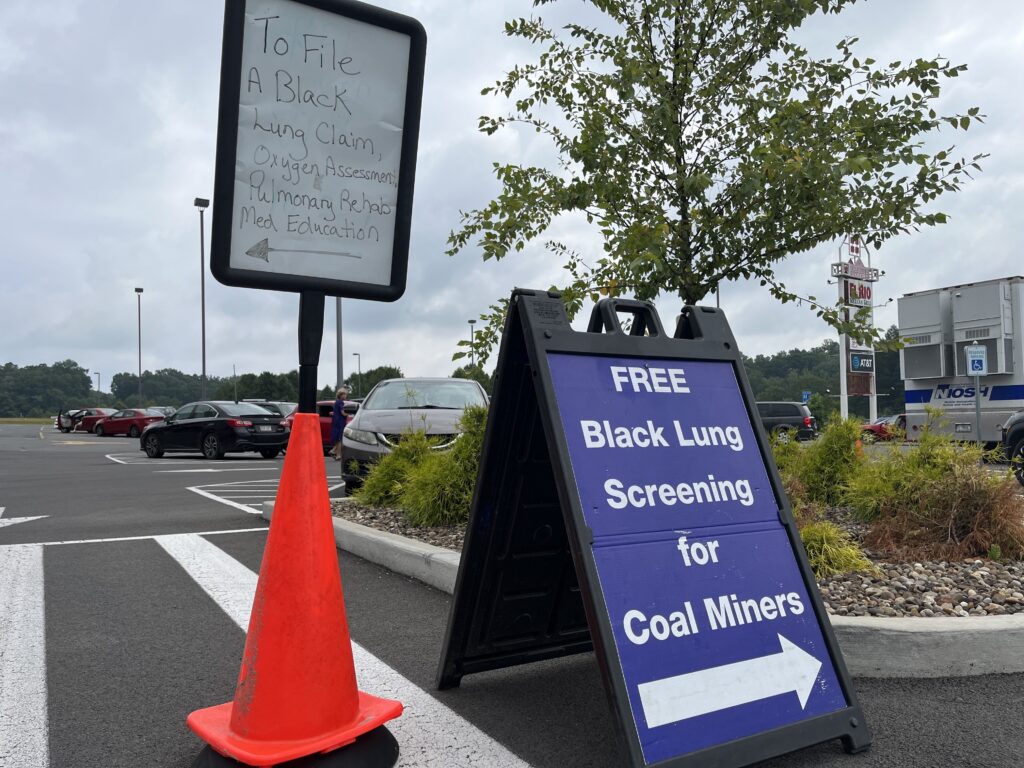A mining industry group has asked a U.S. appeals court to block a rule limiting silica dust exposure that’s set to take effect in the coming days.
The National Sand, Gravel and Stone Association asked the 8th U.S. Circuit Court of Appeals for an emergency stay of the Silica Dust Rule, which goes into effect on April 14.
The Mine Safety and Health Administration promulgated the rule last year in an attempt to reduce the silica dust that miners breathe in on the job by half.
Studies have shown that silica dust worsens black lung cases in coal miners and causes more severe cases in younger miners than it did historically.
Mine operators say they can’t recover the cost of compliance with the rule and have been seeking to pause it through the courts for months.
The petition cites the turnover at the federal agency in the time since the Trump administration took office. It’s not clear where the administration stands on the rule or whether and how much it will opt to defend it in court.
Metal and nonmetal mine operators have another year to comply with the silica dust rule.
Republicans in Congress have attempted to prohibit MSHA from spending any funds to enforce the rule.
Now, the Trump administration is attempting to downsize the agency by canceling office leases in multiple states, including West Virginia.
It also has laid off close to 200 employees of the National Institute for Occupational Safety and Health in Morgantown. That agency has also done work to improve the safety and health of coal miners.
The MSHA rule lowers the maximum exposure to 50 micrograms per cubic meter of air during an eight-hour shift. The current limit is 100 micrograms per cubic meter.
Respirable crystalline silica is a carcinogen. It can cause lung disease, silicosis, lung cancer, progressive massive fibrosis and kidney disease. Coal dust containing silica dust has been shown to increase the severity of black lung cases and affect miners in their 30s and 40s.
The silica dust problem is thought to be caused by the mechanization of mining, especially in central Appalachia. Large machines grind through larger volumes of rock to maximize coal production.
Mine operators are supposed to ventilate mine work areas to lower the concentration of coal and rock dust, as well as methane.
Studies have shown in recent years that 1 in 5 miners in central Appalachia has black lung.
An investigation of the 2010 Upper Big Branch mine disaster in Raleigh County found that 17 of the 24 miners whose lung tissue could be sampled showed signs of black lung disease. A total of 29 miners died in the explosion, caused by a mixture of methane and coal dust.
Saturday marks 15 years since the explosion.























